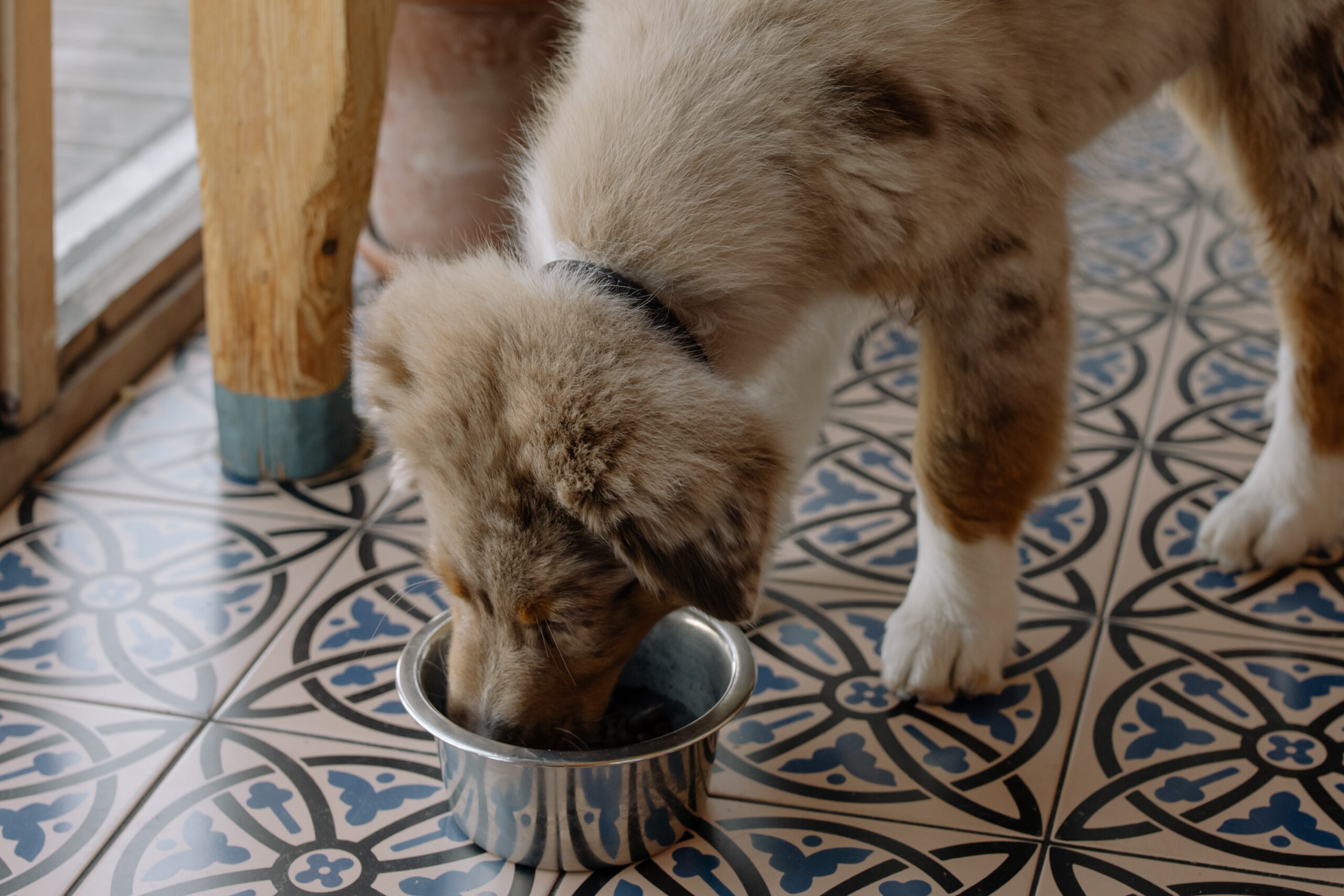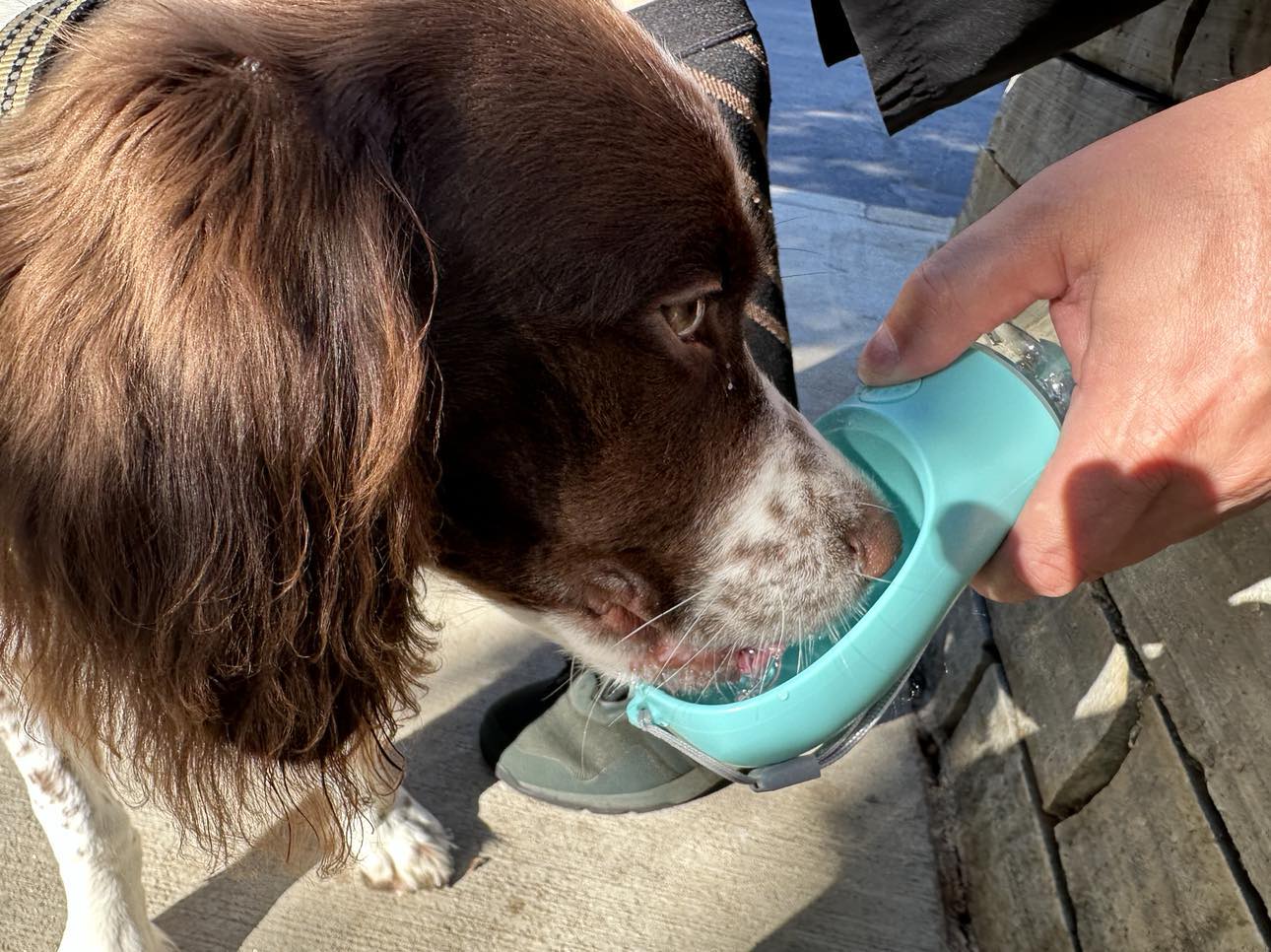Grooming is far more than just giving your furry companion a clean and tidy appearance; it is an essential aspect of responsible dog ownership and a crucial element in maintaining your pet’s overall health and happiness. Beyond the aesthetic benefits, regular grooming plays a vital role in promoting physical well-being, fostering a strong bond between dogs and their owners, and providing opportunities for early detection of potential health issues.
As dog owners, we share a unique and profound connection with our canine companions. The time spent grooming our dogs offers an opportunity to strengthen this bond, building trust and reinforcing the emotional ties that enrich both our lives. Moreover, grooming goes beyond the surface, serving as a preventive measure to keep our beloved pets free from discomfort and physical ailments.
In this outline, we will explore the manifold benefits of grooming for dogs, encompassing not only their physical health but also their mental and emotional well-being. From regular brushing and dental care to nail trimming and paw care, each grooming activity contributes to the holistic care of our furry friends. Additionally, we will delve into how grooming allows us to spot potential health concerns early on, providing the chance for timely veterinary intervention.
Join us as we explore the significance of grooming in creating a harmonious and joyful life for our canine companions, exemplifying responsible pet ownership and cherishing the unique connection we share with these loyal and loving animals.
Physical Health Benefits
Regular brushing and coat care
Your dog’s coat serves as more than just an external covering; it plays a crucial role in their temperature regulation and protection against the elements. Regular brushing helps to remove dirt, debris, and loose fur from their coat, preventing matting and tangles that can lead to discomfort and skin issues. Not only does this keep your dog looking well-groomed, but it also promotes better air circulation to the skin, reducing the risk of skin infections caused by trapped moisture and bacteria.
Dental care and oral hygiene
Just like humans, dogs can suffer from dental problems that may lead to pain and discomfort. Incorporating regular teeth brushing into your grooming routine helps to prevent plaque buildup, tartar formation, and potential dental diseases. Good oral hygiene also reduces the risk of bad breath, a common problem in dogs, and ensures that your furry friend can continue to enjoy their favorite treats and toys without discomfort.
Nail trimming and paw care
Overgrown nails can be problematic for dogs, leading to pain, difficulty walking, and even changes in their gait over time. Regular nail trimming helps maintain proper foot structure and prevents nails from breaking or splitting, which can be painful for your furry companion. Additionally, grooming sessions provide an excellent opportunity to check your dog’s paws for any injuries, irritations, or foreign objects that may have become lodged between their paw pads.
By diligently attending to your dog’s physical grooming needs, you actively contribute to their well-being, ensuring they remain healthy, comfortable, and free from potential physical discomforts.
Next, we will explore how grooming plays a significant role in your dog’s mental and emotional health, fostering a strong bond between you and your four-legged friend while providing a source of stress relief and relaxation.
Mental and Emotional Benefits
Bonding and trust-building
Grooming sessions provide valuable one-on-one time between you and your dog, strengthening the emotional bond and trust between the two of you. As you engage in grooming activities like brushing or bathing, your dog learns to associate these interactions with love, care, and attention. This positive reinforcement helps create a deeper connection and enhances the overall quality of your relationship with your furry companion.
Stress and anxiety reduction
Dogs, like humans, can experience stress and anxiety. Grooming can be a calming and soothing experience for them, especially when done gently and with patience. Regular grooming sessions offer a chance for relaxation, reducing stress levels and promoting a sense of security. This is particularly beneficial for dogs who may be fearful or anxious about grooming activities, as positive experiences can help alleviate their apprehensions over time.
Positive reinforcement and reward-based training
Grooming provides an excellent opportunity for reward-based training, wherein your dog learns to associate grooming with positive experiences. By offering treats or verbal praise during grooming sessions, you reinforce good behavior, encouraging them to cooperate and remain calm during the process. This, in turn, makes future grooming sessions more pleasant for both you and your pet, fostering a positive and cooperative attitude towards grooming activities.
As you invest time and effort into grooming your dog, you not only tend to their physical needs but also nurture their emotional well-being. The mutual trust and affection developed during grooming sessions contribute to a happier, more contented dog, and a more rewarding companionship between you and your furry friend.
Early Detection of Health Issues
Detecting skin abnormalities
Grooming provides an opportunity to thoroughly inspect your dog’s skin, allowing you to identify any lumps, bumps, rashes, or signs of skin infections. Early detection of such abnormalities can prompt timely veterinary care, preventing potential health issues from escalating.
Recognizing changes in the dog’s body condition
Regular grooming allows you to monitor changes in your dog’s body condition, such as weight fluctuations or abnormal growths. Sudden weight loss or gain could be indicative of underlying health concerns, which can be addressed promptly when noticed during grooming sessions.
Identifying potential dental problems
While grooming, pay attention to your dog’s oral health. Signs of tooth decay, gum disease, or excessive tartar buildup can be detected early, leading to better oral care and potential dental treatments to maintain their dental hygiene and overall health.
By being proactive and attentive during grooming sessions, you become a vigilant caretaker, capable of spotting potential health issues before they become more severe, ensuring your dog receives the appropriate care when needed.
Improving Aesthetics and Comfort
Keeping the coat clean and shiny
Regular grooming helps keep your dog’s coat clean, shiny, and free from dirt and debris. Not only does this contribute to their overall appearance, but it also prevents skin irritation and potential infections caused by accumulated filth.
Maintaining a pleasant odor
Grooming helps eliminate unpleasant odors that can arise from dirt, bacteria, or unclean fur. A clean and fresh-smelling dog makes for a more enjoyable and comfortable living environment for both you and your pet.
Grooming for specific dog breeds
Different dog breeds have unique grooming requirements. Tailoring grooming practices to suit your dog’s specific needs ensures they are comfortable and well-cared for according to their breed standards. This could include haircuts, specific coat care, and attention to breed-specific grooming needs.
By prioritizing grooming, you not only improve your dog’s physical appearance but also enhance their overall comfort and well-being, making them happier and more confident companions.
Avoiding Behavioral Problems
Addressing irritations and discomfort
Regular grooming prevents irritations caused by tangled fur, overgrown nails, or unclean ears, which can lead to your dog feeling uncomfortable or in pain. Discomfort can manifest in behavioral changes, such as increased agitation or irritability, which can be avoided through proper grooming.
Encouraging good behavior during grooming
Positive reinforcement during grooming sessions teaches your dog that grooming is a pleasant experience. This association can help reduce fear-based aggression and ensure your dog remains calm and cooperative during grooming activities.
By tending to your dog’s grooming needs, you set the stage for a well-behaved and contented pet, reducing the likelihood of behavioral issues and fostering a harmonious living environment.
Conclusion
Grooming your dog goes far beyond aesthetics; it is a fundamental aspect of responsible pet ownership that contributes to their physical health, mental and emotional well-being, and overall happiness. Regular grooming fosters a strong bond between you and your canine companion, creating a sense of trust and mutual affection.
Moreover, grooming serves as a proactive measure for early detection of potential health issues, allowing you to seek timely veterinary care and address concerns before they escalate. It is also an opportunity to enhance your dog’s comfort and hygiene, making them feel clean, comfortable, and confident.
Ultimately, by prioritizing your dog’s grooming needs, you demonstrate your commitment to their care, ensuring they live a healthy, happy, and fulfilled life alongside you as a cherished member of your family.










